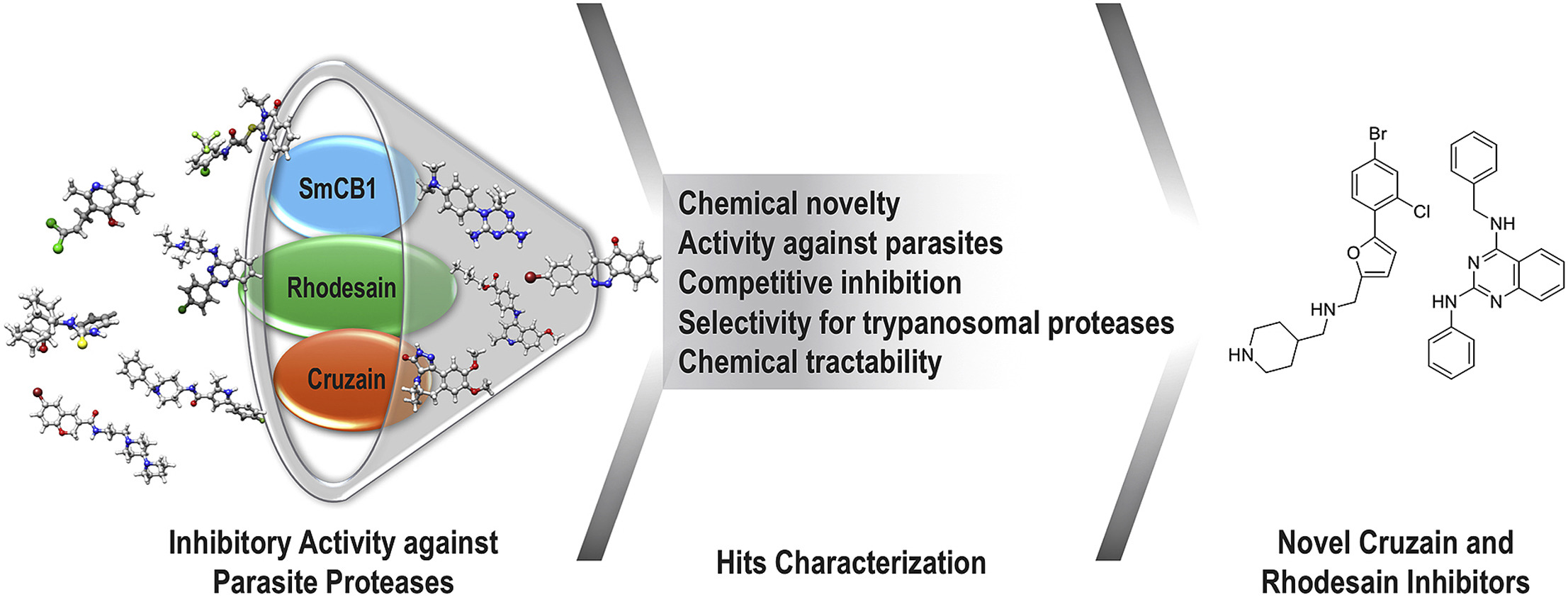Chagas disease, Human African Trypanosomiasis, and schistosomiasis are neglected parasitic diseases for which new treatments are urgently needed. To identify new chemical leads, we screened the 400 compounds of the Open Access Malaria Box against the cysteine proteases, cruzain (Trypanosoma cruzi), rhodesain (Trypanosoma brucei) and SmCB1 (Schistosoma mansoni), which are therapeutic targets for these diseases. Whereas just three hits were observed for SmCB1, 70 compounds inhibited cruzain or rhodesain by at least 50% at 5 μM.
To answer important questions in the fields of monitoring with densitometry, dual-energy X-ray absorptiometry machine cross-calibration, monitoring, spinal cord injury, periprosthetic and orthopedic bone health, transgender medicine, and pediatric bone health, the International Society for Clinical Densitometry (ISCD) held a Position Development Conference from March 20 to 23, 2019. Potential topics requiring guidance were solicited from ISCD members in 2017. Following that, a steering committee selected, prioritized, and grouped topics into Task Forces.
Electricity systems based on renewables have an increasing demand for flexibility. This paper considers the potential of power-to-gas to provide flexibility and enhance system integration of renewables. Existing research on power-to-gas typically analyses the system effects of a predetermined power-to-gas unit without endogenising the investment decision. Moreover, insights related to market and portfolio effects of power-to-gas are rare. To this end this work presents a stochastic electricity market model.
Economic development projects are increasingly applying the mitigation hierarchy to achieve No Net Loss, or even a Net Gain, of biodiversity. Because people value biodiversity and ecosystem services, this can affect the well-being of local people; however, these types of social impacts from development receive limited consideration. We present ethical, practical, and regulatory reasons why development projects applying the mitigation hierarchy should consider related social impacts.
To conserve the bulk of Earth's ecological heritage across the Anthropocene, setting aside half of Earth's land is just a start. To conserve biodiversity over the long term across an increasingly human planet, conservation must become as integral to the human enterprise around the world as are social and economic development.
Economic development projects are increasingly applying the mitigation hierarchy to achieve No Net Loss, or even a Net Gain, of biodiversity. Because people value biodiversity and ecosystem services, this can affect the well-being of local people; however, these types of social impacts from development receive limited consideration. We present ethical, practical, and regulatory reasons why development projects applying the mitigation hierarchy should consider related social impacts.
Accurate health estimation and lifetime prediction of lithium-ion batteries are crucial for durable electric vehicles. Early detection of inadequate performance facilitates timely maintenance of battery systems. This reduces operational costs and prevents accidents and malfunctions. Recent advancements in “Big Data” analytics and related statistical/computational tools raised interest in data-driven battery health estimation. Here, we will review these in view of their feasibility and cost-effectiveness in dealing with battery health in real-world applications.
This chapter addresses goal 3 by discussing novel therapeutics for Alzheimer's Disease.
Elsevier,
Contaminants of Emerging Concern in Water and Wastewater Advanced Treatment Processes, 2020, Pages 139-176
This book chapter advances SDG 3 and 6 by presenting state-of-the-art design and use of adsorbents, membranes, and UV/oxidation processes, along with the challenges that will need to be addressed to close the gap between development and implementation in water/wastewater treatment applications.
Legal identity for all – including women, children, and other vulnerable groups – is critical for achieving the SDGs. Linking Civil Registration and Vital Statistics (CRVS) with identity management systems can transform how governments empower and provide for their populations. This compendium brings together good practices from select countries that have made great effort in linking these systems and highlights the resulting benefits. This contributes to SDG 10 and 16.

